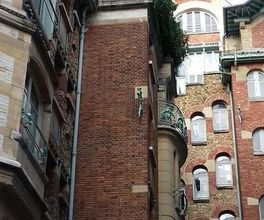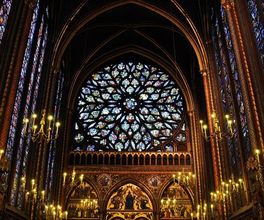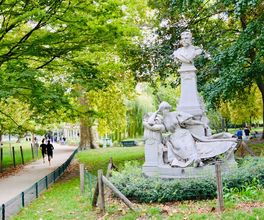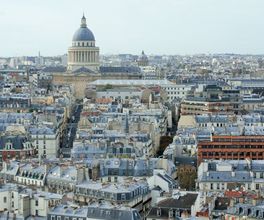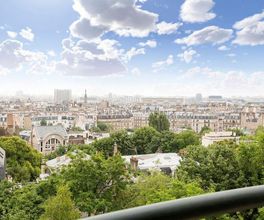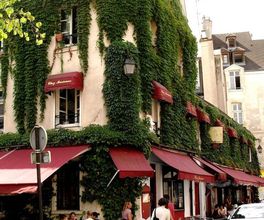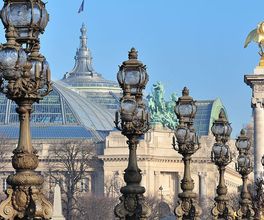




Stroll through the 16th arrondissement: Understanding the architecture of Paris
About this experience
Paris is one of the most recognizable cities in the world thanks to its architecture. Its hallmark is the seemingly 'identical' Haussmannian buildings made of beige sandstone, with balconies on the third and penultimate floors. However, the appearance of the capital is not homogeneous. During this walk through a unique district of aristocrats and bourgeois, you will see examples of all the most important styles of the 19th-20th centuries for the city and learn how to distinguish them.
What to expect
16th arrondissement: epicenter of 20th-century experiments
Main Parisian architectural innovators - Hector Guimard, Auguste Perret, Henri Sauvage, Le Corbusier, Robert Mallet-Stevens - created their most iconic buildings here. Haussmannian architecture, Belle Époque, Art Nouveau, Art Deco, and modernism - in this area, buildings of all key Parisian styles of the 19th-20th centuries have been preserved.
Moving in chronological order, we will not only see how the architectural appearance of the city changed year by year, but also discuss the most important accompanying historical events:
- Baron Haussmann and the transformation of Paris from a medieval city to a modern one; the expansion of Paris in 1860 - from 12 to 20 arrondissements; the appearance of the metro;
- World's Fairs and their legacy (Russian izbas, the Eiffel Tower, Petit Palais and Grand Palais, Alexander III Bridge, Trocadéro ensemble);
- Passy as the center of the White Russian emigration (literary salons of Gippius and Merezhkovsky 'Green Lamp', Bunin, Chaliapin, Felix Yusupov, ballet studio of Matilda Kshesinskaya) and more.
District through the eyes of a local resident
In addition to the architectural overview of the district, as a person in love with their neighborhood, I will show:
- where locals go for fresh baguettes and croissants for breakfast;
- mini-squares and gardens where people come to relax or sunbathe on the grass at lunchtime;
- the gastronomic street and typical weekend market where people shop for lunch and dinner;
- where the district's only cocktail bar is located (spoiler - in the Guimard building, where the interior decor with mirrors, paintings, and wall tiles has been preserved since 1911);
- where the border between the touristic Trocadéro and the exclusively French part of the 16th arrondissement lies.
Organizational details
- Be prepared for a lot of walking! Comfortable shoes, a water bottle, a cap for sunny weather, or a raincoat/umbrella if it's rainy.
- I do not recommend coming on an empty stomach. Along the way, we can make a stop for coffee with a croissant at one of the typical local boulangeries or in a museum cafe in a garden with the best view of the Eiffel Tower in Paris.
